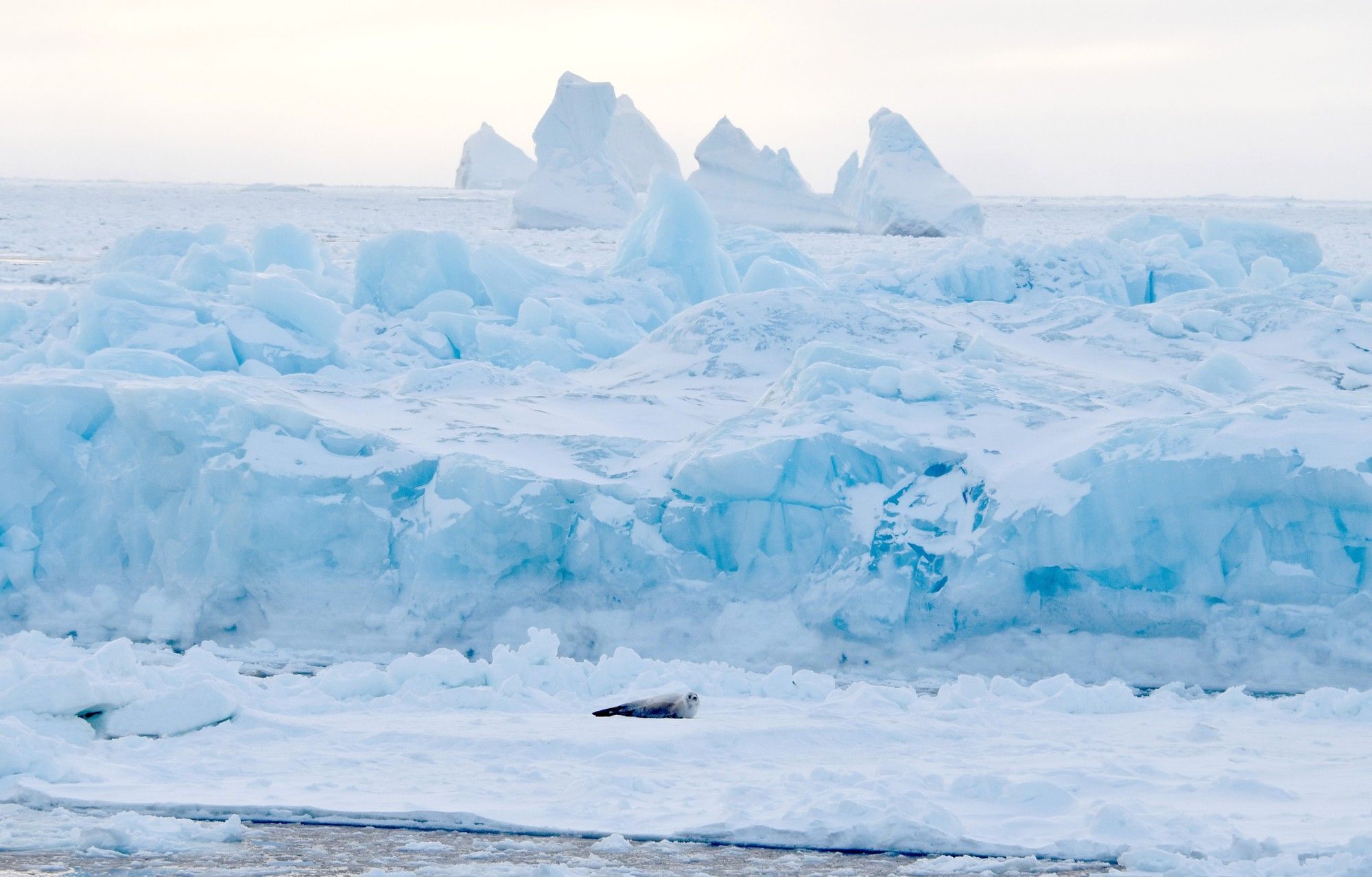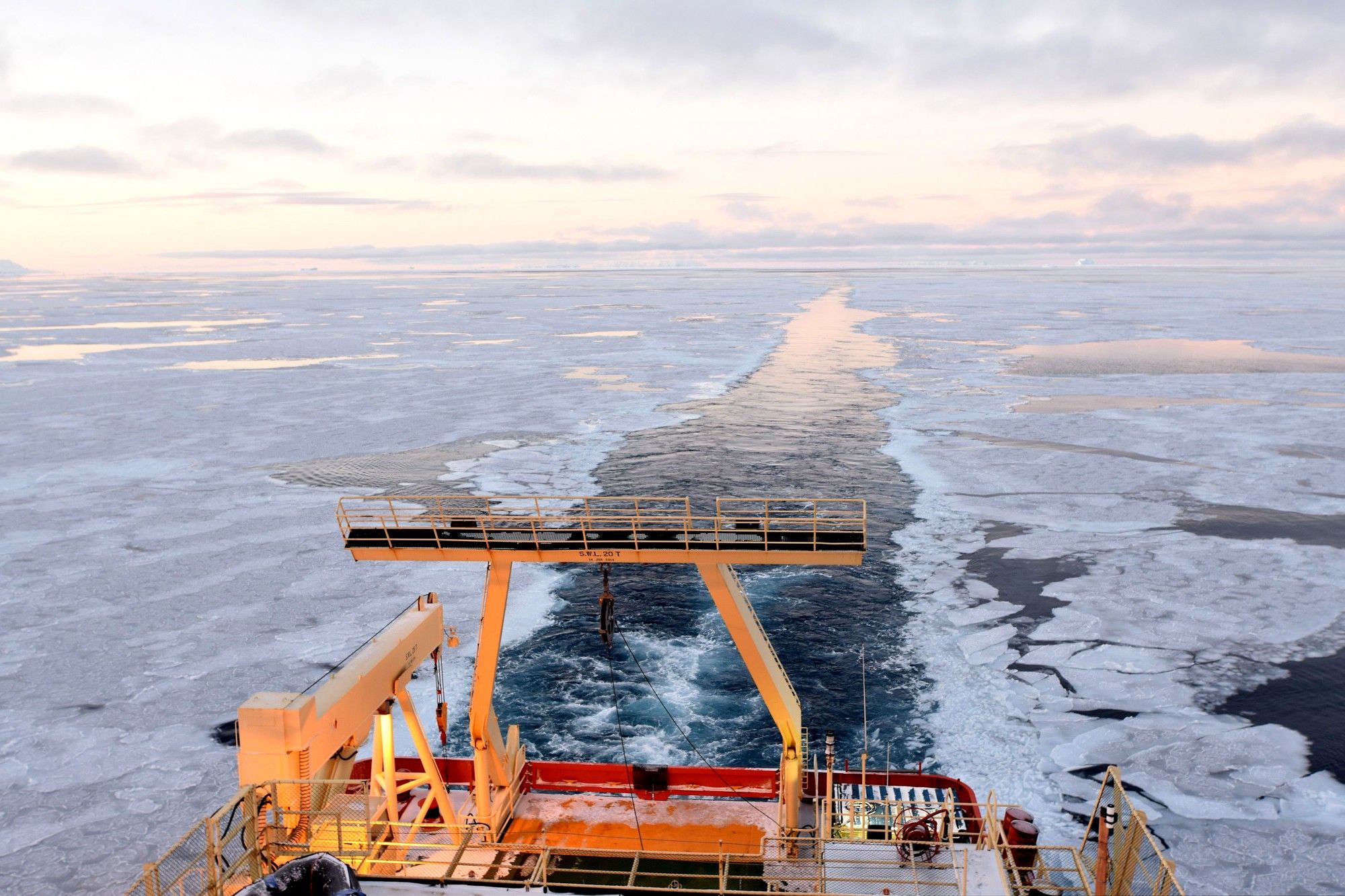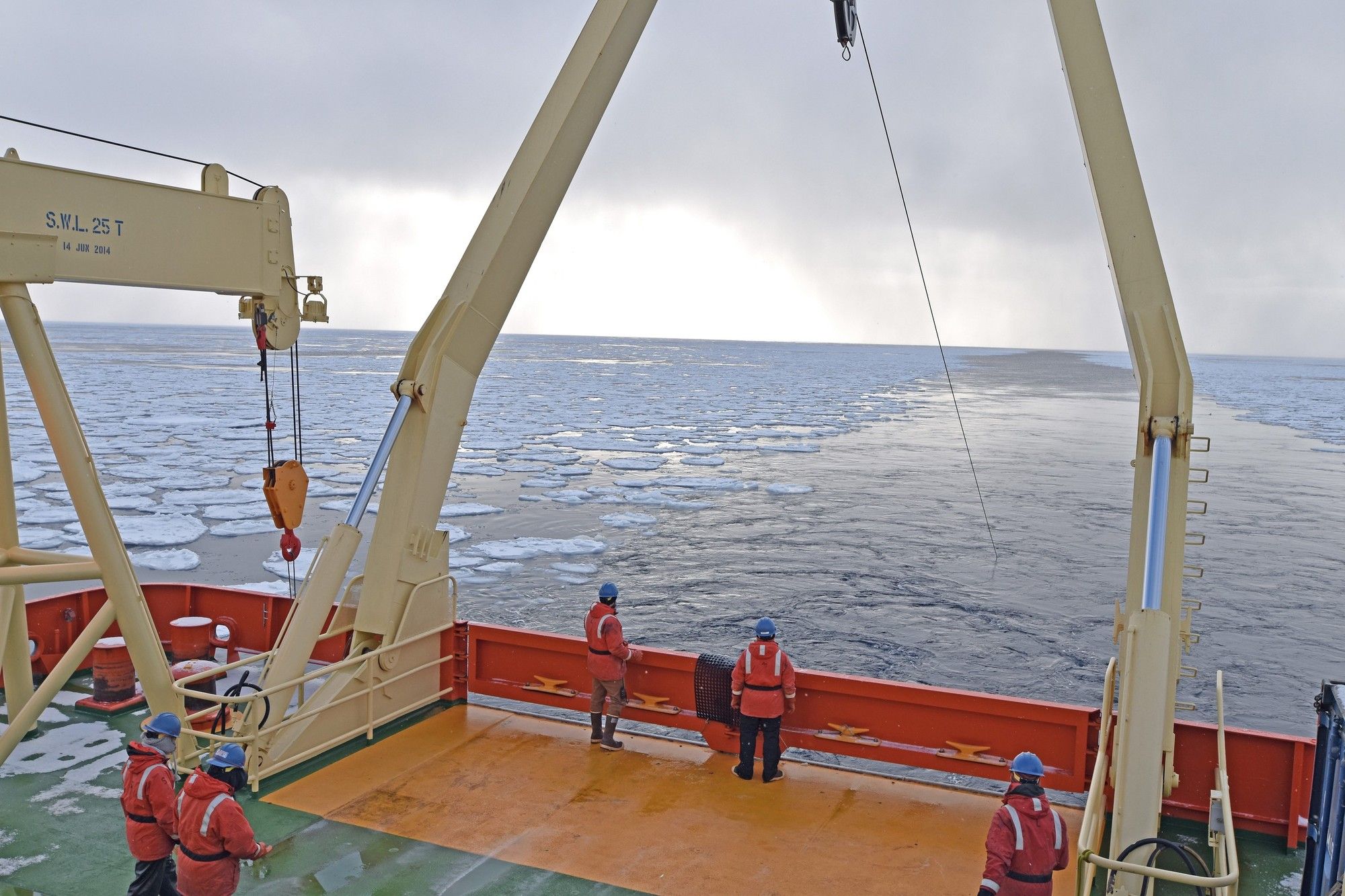

By Ryan Dolan
In August, I embarked on a journey that very few people will ever experience. Leaving the U.S. and a sultry summer behind, I traveled south almost as far as you can go, to the bottom of the world.
At the southern tip of Chile, I boarded the Nathaniel B. Palmer, a U.S. National Science Foundation vessel, to join a group of experts on a month-long research voyage to the Antarctic Peninsula. I was traveling to the region two months before a multinational marine conservation management body was set to consider a proposal to create the world’s largest marine protected area, in the Ross Sea off Antarctica. I wanted, among other things, to see this extraordinary environment firsthand.

Even among the Antarctic scientific community, my trip was considered extreme. Most researchers—and all tourists—visit the region during the summer. It’s hard to blame them: The Antarctic winter is hostile to humans, intensely cold, dark and stormy. But I was nonetheless eager to go.
The purpose of our expedition, led by the Antarctic Marine Living Resources program at the U.S. National Oceanic and Atmospheric Administration, was to gather winter data to better understand how various factors, such as the changing climate and behavior of krill populations, are affecting this raw and foreboding ecosystem.

Antarctic krill, a tiny shrimplike crustacean, was our main focus. With their populations in decline, krill underpin the entire Antarctic and Southern Ocean food web and are the main source of nutrition for many species of penguins, seals and whales. It’s remarkable that a minute creature plays such a critical a role in this massive, raw environment. As the Palmer advances into the Bransfield Strait, off the western coast of the Antarctic Peninsula, I see towering, rugged, snow-covered peaks rising from jagged blue glaciers. Antarctic snow petrels, one of only three bird species that breed exclusively in Antarctica, fill the skies above the iceberg-speckled sea, while fur seals bob playfully through the waves.
The strait is crucial habitat for Antarctic krill, which thrive under winter sea ice conditions. For hardy species such as crabeater seals and Adélie penguins that overwinter here, the ice forms a network of floating platforms, providing the animals a safe place to rest near their preferred and primary food source: krill.
But this remote, pristine environment is not immune to outside forces. The peninsula region is experiencing warming trends far above the global average, comparable only to some areas in the Arctic and the changing climate is compromising sea-ice coverage, with potentially widespread impacts. On average, the peninsula region’s monthly ice concentrations have decreased by up to 25 percent since the late 1970s. With this diminished seasonal sea ice, experts think penguins and seals are going elsewhere to forage, to waters with potentially fewer krill to eat.
The peninsula region also supports the world’s largest commercial krill fishery, which is especially concentrated in coastal areas, making it harder for penguins and other predators to find food. Krill are used to make omega-3 supplements and feed for livestock and farmed fish, such as salmon.
World's Biggest Sockeye Run Shut Down as Wild Pacific #Salmon Fight for Survival https://t.co/bbphbmkZQq #SalmonFishing @DavidSuzuki
— EcoWatch (@EcoWatch) September 21, 2016
More research is needed to understand how climate change and commercial fishing are affecting Antarctic krill populations and, ideally, to drive policies that might mitigate these impacts. To that end, my shipmates and I logged 12-hour shifts in often brutal conditions netting krill and other zooplankton for further research. We are hopeful that this work will help scientists better grasp the threats to Antarctica and the Southern Ocean to safeguard this region—one of the last pristine oceans left on Earth.

During the Our Ocean conference in Washington in September, hosted by U.S. Sec. of State John Kerry, some two dozen governments committed to ocean protections totaling nearly 4 million square kilometers. These commitments were the latest sign of a global movement to conserve more of the ocean; within weeks, that momentum swept to Antarctica.
On Oct. 28, the Commission for the Conservation of Antarctic Marine Living Resources (CCAMLR), a body made up of 24 nations and the European Union that manages human activities in the Southern Ocean, made history by designating the world’s largest marine protected area in the Ross Sea. The 1.55 million-square-kilometer (600,000-square-mile) area—nearly twice the size of Texas—sets aside a reserve where no commercial fishing is allowed. CCAMLR member governments also agreed to a five-year extension of a precautionary krill fishery management measure that sets fishing quotas in smaller areas, a key tactic to avoid over concentration of fishing in sensitive regions.
I’ve been back on dry land for several weeks and continue to feel grateful for the opportunity I had to contribute to scientific work at the bottom of the world. I am even more grateful to CCAMLR for the critical action it took last month in protecting an extraordinary and globally important ecosystem.
Ryan Dolan is an officer for Pew’s penguin campaign.

 233k
233k  41k
41k  Subscribe
Subscribe 